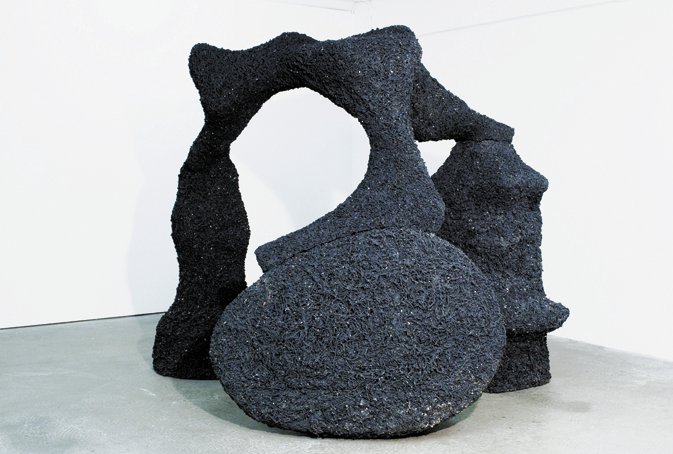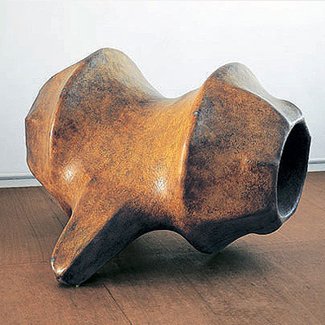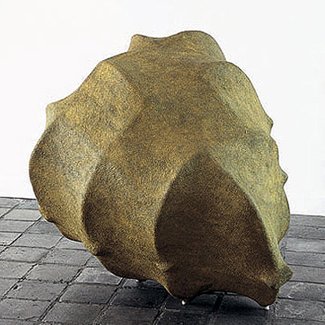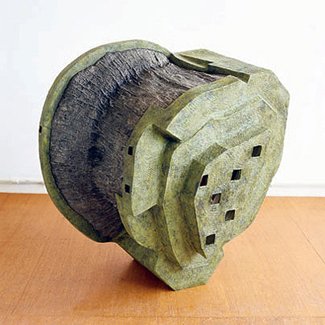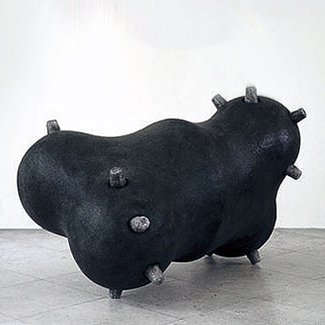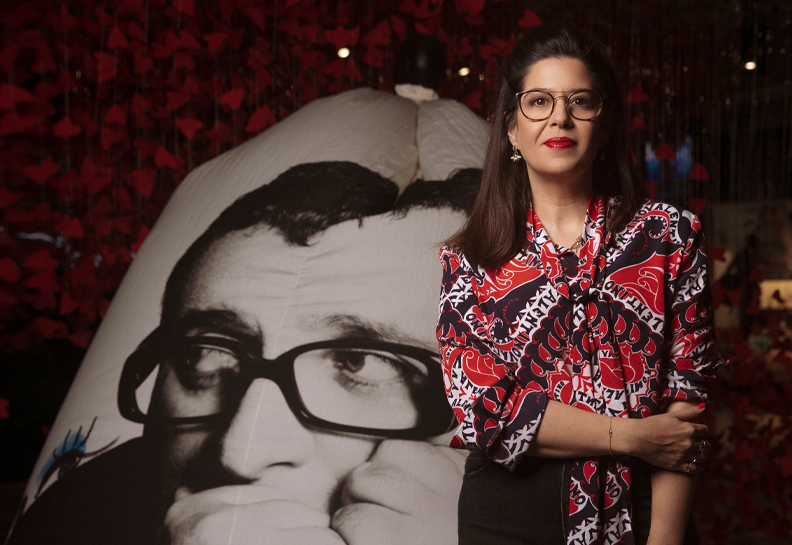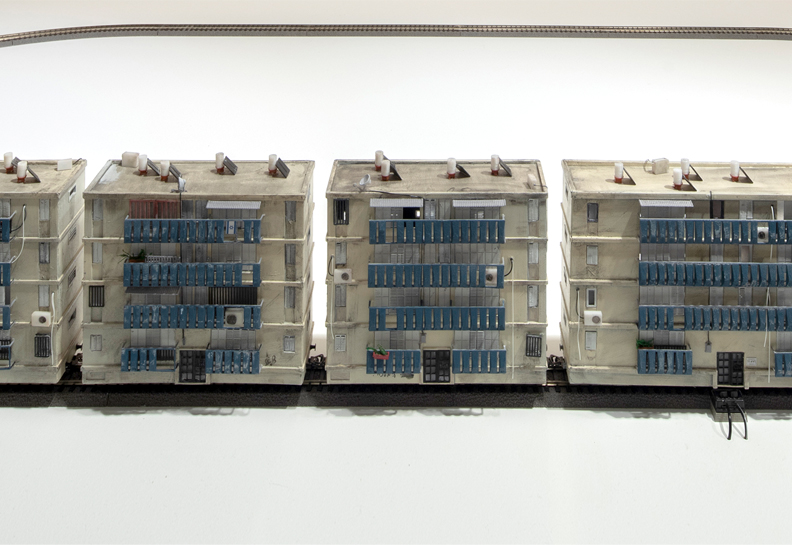For over twenty years Jan Eric Visser has been collecting refuse and converting it into works of art, drawing inspiration from it and using it in his work.
For over twenty years Jan Eric Visser has been collecting refuse and converting it into works of art, drawing inspiration from it and using it in his work.
An interview with artist Jan Eric Visser who collects garbage and converts it into works of art. He came to his lecture at iMatter, the Materials Library at Design Museum Holon, with bits of local garbage he found in the area, including pieces of a palm tree and a yellow plastic bag of the kind found at any greengrocer’s. “I really like the color”, he says, “perhaps it will ultimately result in my best work yet”. Visser came to Israel to take part in Post Fossil: Excavating 21st Century Creation, where he is showing his Aquadyne Sculpture, made entirely from recycled refuse and plastic.
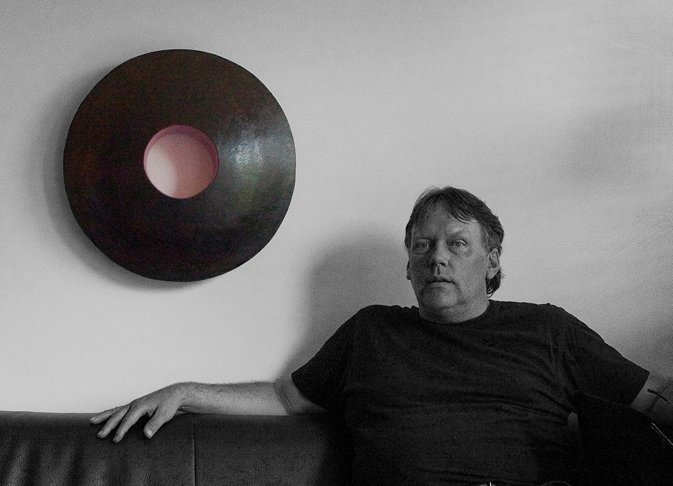 Jan Eric Visser
Jan Eric Visser
How did your love affair with garbage actually begin?
“It all began when I was studying at the Academy of Art in Holland; even back then I had difficulty choosing ‘ordinary’ materials like wood, and always looked for randomly discarded raw materials. I used to collect leftover materials from other students and incorporate them into a new object”.
Untitled, 2001
Untitled, 2000-2002
Visser attests that as a young artist he was a radical environmental activist.”No living creature pollutes its home, except us human beings. To this day I create objects made entirely from waste. In the past I used to make a point of only using my own refuse, as an ideology. Now I’m a little more forgiving and a little less radical, I allow myself to use other peoples’ garbage as well”.You frequently use the phrase “Form Follows Garbage” when referring to your works.”That’s what I call my work process, as a play on words on the familiar phrase ‘Form Follows Function’, for a number of reasons. The first stems from a genuine belief that in this way I can clear away as much garbage as possible, but also create new forms. Form Follows Garbage. The second reason is that I like to provoke and challenge my designer colleagues, and consequently raise questions for discussion. Perhaps all this garbage around us is actually a product of past design mistakes? I think we need to start taking responsibility for all this waste we produce; we’re trying to educate the younger generation, but in my view we tend to place too much responsibility on the shoulders of children. We first and foremost have to lead by example and create real change. I’d like to hope that within twenty years there won’t be enough garbage for me…”In some of your works you use newspapers as a filler for internal spaces.”I love working with newspapers, I feel there’s something symbolic about using them. They document our actions as human beings, our entire history, and then I incorporate them as a raw material in my work, as garbage. Like using history to ensure the future. The first newspaper I worked with was a free Dutch weekly.”
Untitled, 2003 – 2004
Untitled, 2000 – 1999
In your works it seems that you’re engaged in covering. You cover the objects you find in plastic or paper pulp. Why cover?”You’re right. Even Aquadyne Sculpture is made from different objects I found, like a lawnmower, a stool, and a helmet. Now you can no longer recognize the original items. I’m interested in creating new forms. I believe that if you could see the objects, the sculpture would become boring very quickly, everything would be too obvious. By covering I try to create new silhouettes and forms, they are born from the form of the garbage but then become something else. I also strongly believe in chance as a value in creativity. The works are born from the items I find but I don’t have full control over the final result”.
